Maserati Quattroporte Series III
1984 Maserati Quattroporte for sale in Colorado Springs, Colorado, United States
| Condition: | Used |
| Item location: | Colorado Springs, Colorado, United States |
| Make: | Maserati |
| Model: | Quattroporte |
| Type: | Sedan |
| Year: | 1984 |
| Mileage: | 82637 |
| VIN: | ZAMBC1102EA304514 |
| Color: | Black |
| Engine size: | 4.9l V8 |
| Number of cylinders: | 8 |
| Power options: | Air Conditioning, Power Windows |
| Fuel: | Gasoline |
| Transmission: | Automatic |
| Drive type: | RWD |
| Interior color: | Tan |
| Drive side: | Left-hand drive |
| Vehicle Title: | Clear |
| Want to buy? | Contact seller! |
Description for Maserati Quattroporte 1984
Good clean condition. Used as a daily driver for many years. Has been sitting now for about ten years. Gets started daily and well taken care of. Have no more room and need the garage space. Has exhaust leak currently but overall car is in good shape. Such a comfortable and powerfulcar to drive around in.Here is some information on the vehicle in general.From 1974 to 1976, Giorgetto Giugiaro presented two Italdesign show cars on Maserati platforms, called the Medici I and Medici II. The latter had features that would make it into the production version of the third-generation Quattroporte.A pre-production Quattroporte was introduced to the press by the then Maserati president Alejandro de Tomaso on 1 November 1976, in advance of its début at the Turin Motor Show later that month. It was only three years later though, in 1979, that the production version of the car went on sale.
Initially, the "4porte" badging was used, but changed in 1981 to Quattroporte. Two versions of the V8 engine were available: a 4,930 cc (4.9 L) version generating a maximum power output of 280 PS (206 kW; 276 hp),[16] and a smaller 4,136 cc (4.1 L) engine generating 255 PS (188 kW; 252 hp)[16](241 PS (177 kW; 238 hp) in later versions)[citation needed], which was phased out in 1981. The interior was upholstered in leather and trimmed in briar wood. The Quattroporte III marked the last of the hand-built Italian cars; all exterior joints and seams were filled to give a seamless appearance. From 1987 onwards, the Royale superseded the Quattroporte.
The Quattroporte III utilised an all-steel unibody structure. The chassis was related to that of the Maserati Kyalami, in turn derived from the De Tomaso Longchamp and therefore ultimately related to the De Tomaso Deauville luxury saloon. Front suspension was of the double wishbone type, with single coaxial dampers and coil springs and an anti-roll bar. The rear axle used a peculiar layout very similar to Jaguar independent rear suspension. Each cast aluminium hub carrier was linked to the chassis only by a single lower wishbone, the half shafts doubling as upper control arms, and was sprung by twin coaxial dampers and coil springs units. Rear brakes were mounted inboard, the callipers were bolted directly to the housing of the differential. The entire assembly was supported by a bushing-insulated crossbeam. Initially a Salisbury-type limited slip differential was used; in 1984 it was replaced by a more advanced Gleason-licensed Torsen—or "Sensitork" in Maserati parlance.

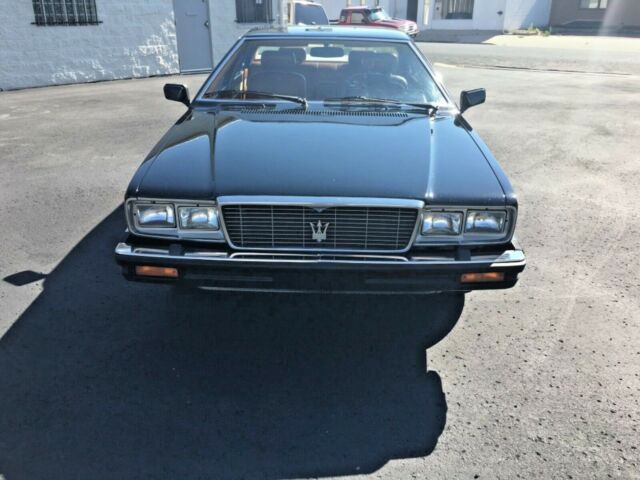
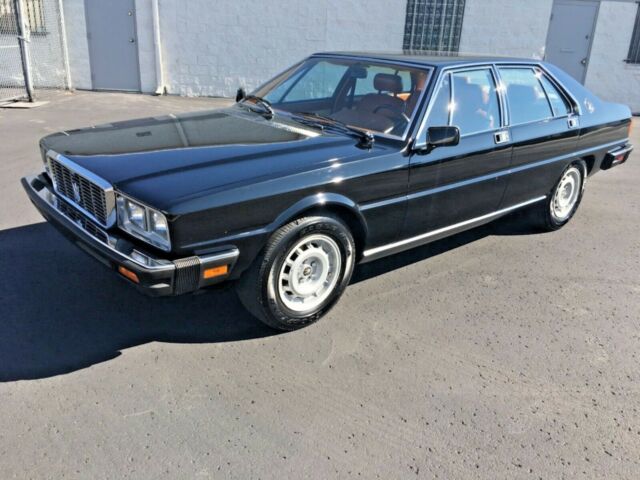

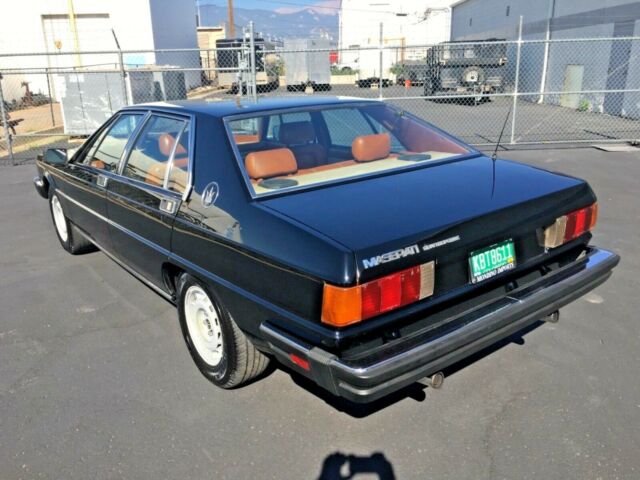
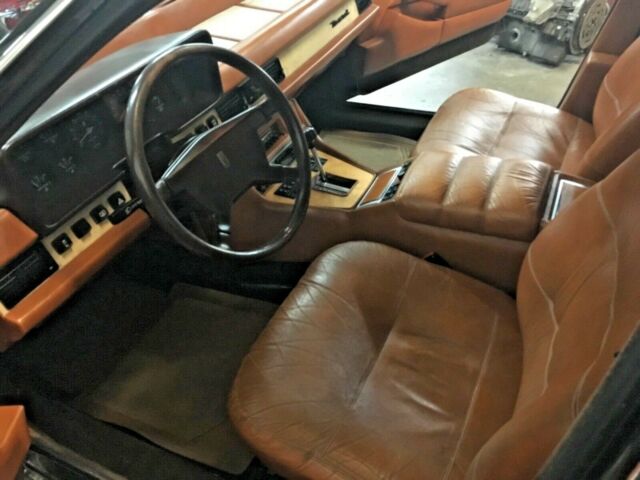

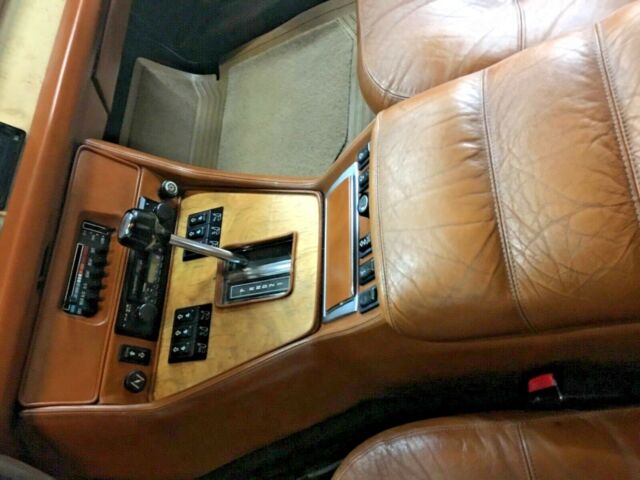

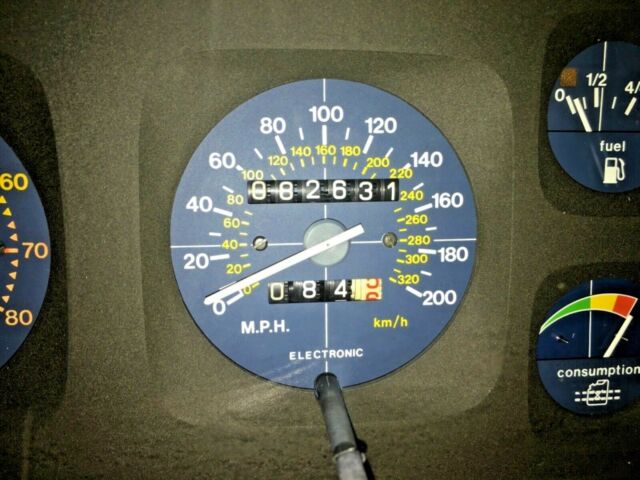
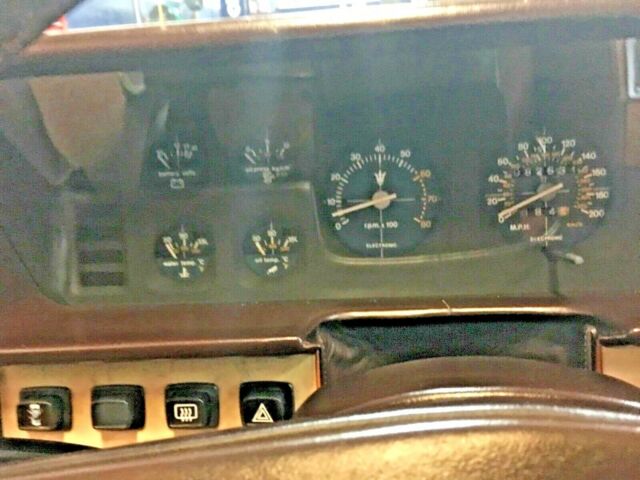


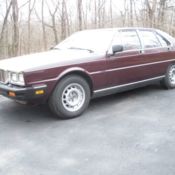 Maserati Quattroporte Series 3
Maserati Quattroporte Series 3
 1982 Maserati Quattroporte Series 3 4.9 V-8 No Reserve
1982 Maserati Quattroporte Series 3 4.9 V-8 No Reserve
 Maserati Quattroporte series 1 rare matching number sedan early 4.2L dcnl webers
Maserati Quattroporte series 1 rare matching number sedan early 4.2L dcnl webers
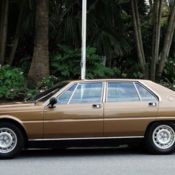 1982 MASERATI QUATTROPORTE EUROPEAN LUXURY SEDAN RARE AND HARD TO FIND MASERATI
1982 MASERATI QUATTROPORTE EUROPEAN LUXURY SEDAN RARE AND HARD TO FIND MASERATI
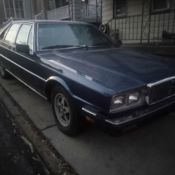 Maserati Quattroporte
Maserati Quattroporte
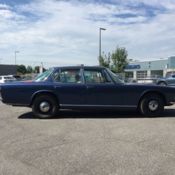 Maserati Quattroporte 1967
Maserati Quattroporte 1967
 1967 Maserati Quattroporte
1967 Maserati Quattroporte
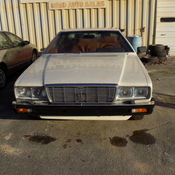 1980 MASERATI QUATTROPORTE
1980 MASERATI QUATTROPORTE
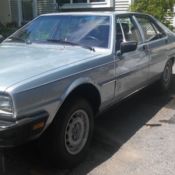 1984 MASERATI QUATTROPORTE
1984 MASERATI QUATTROPORTE